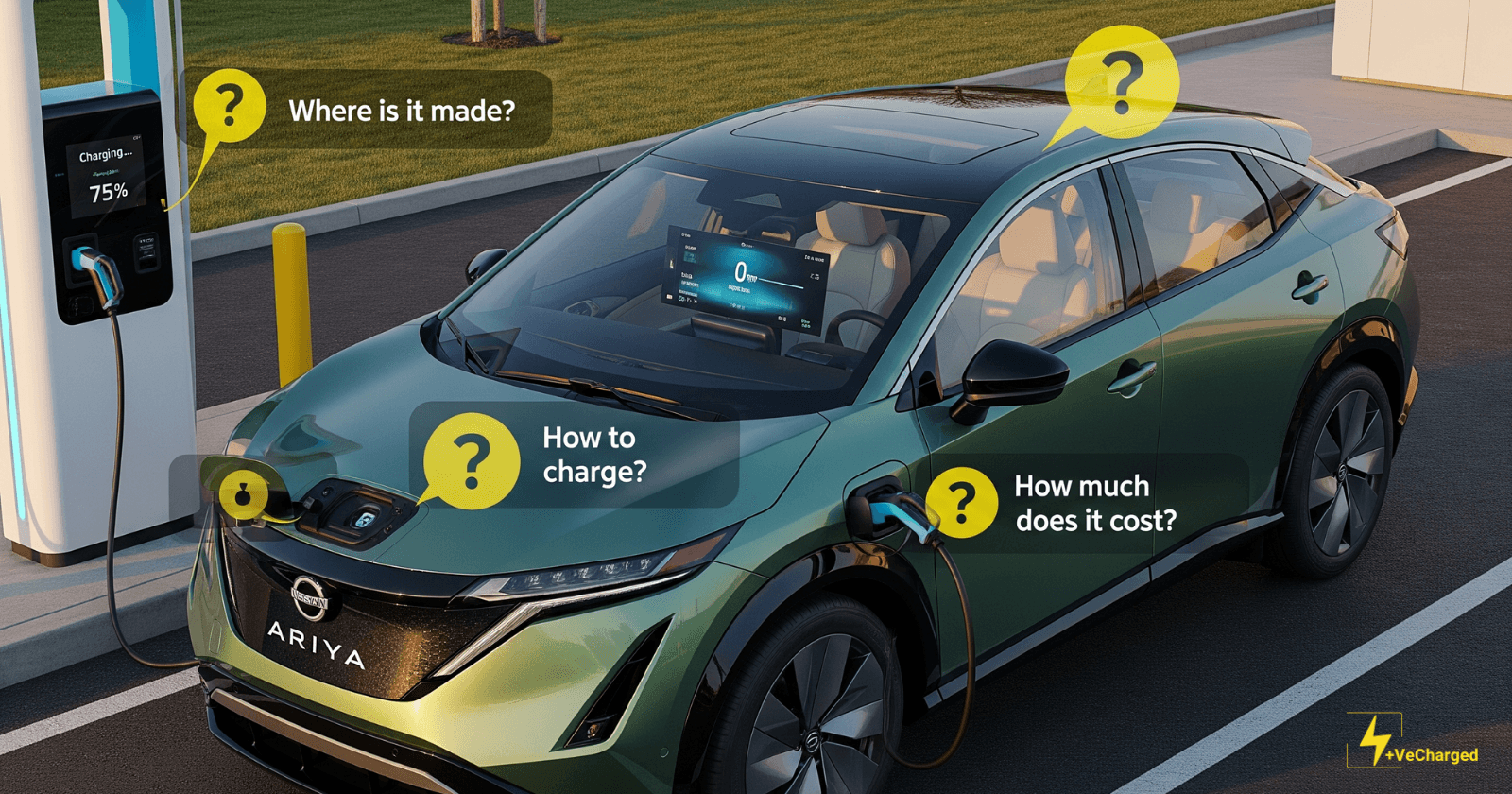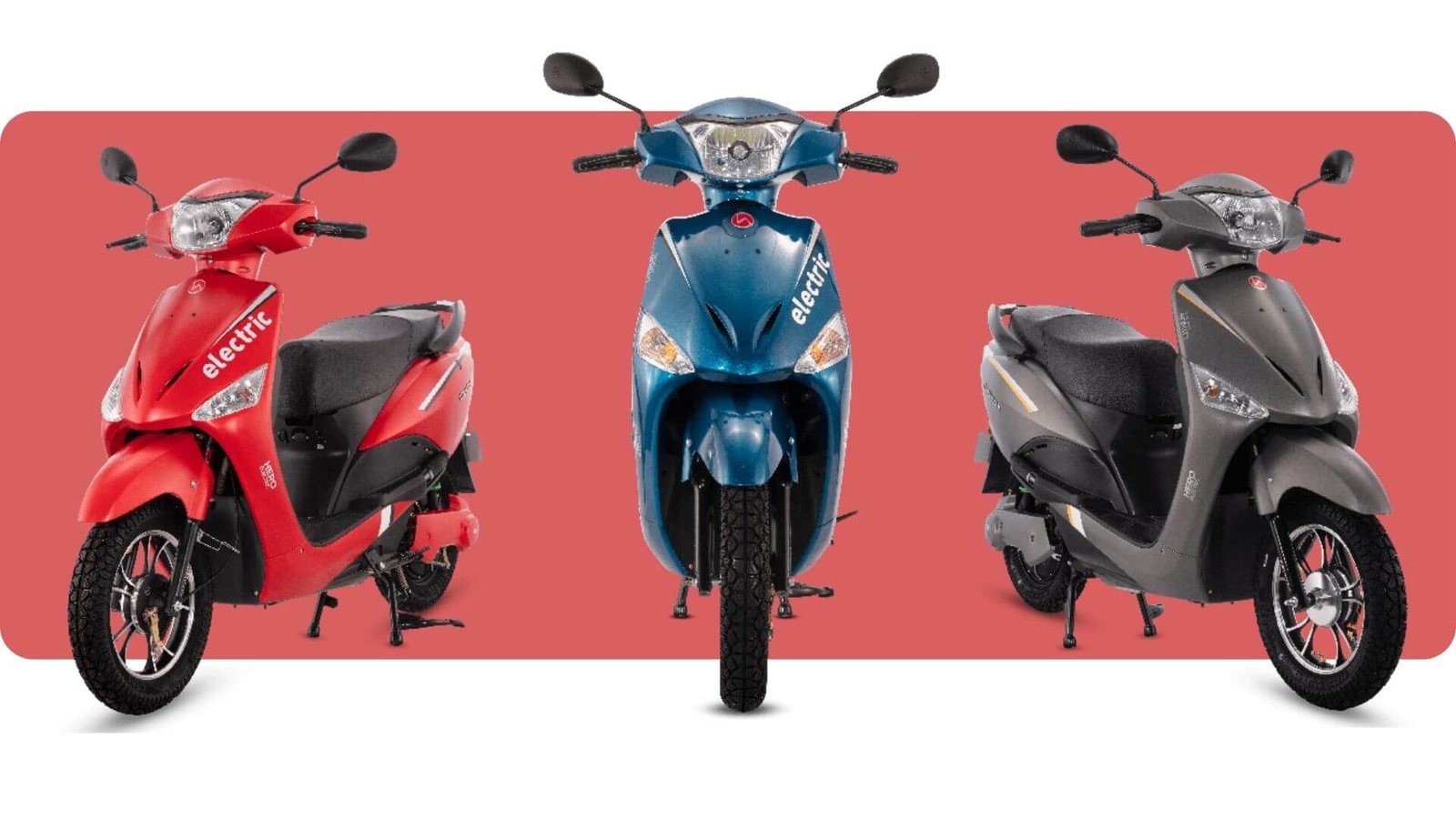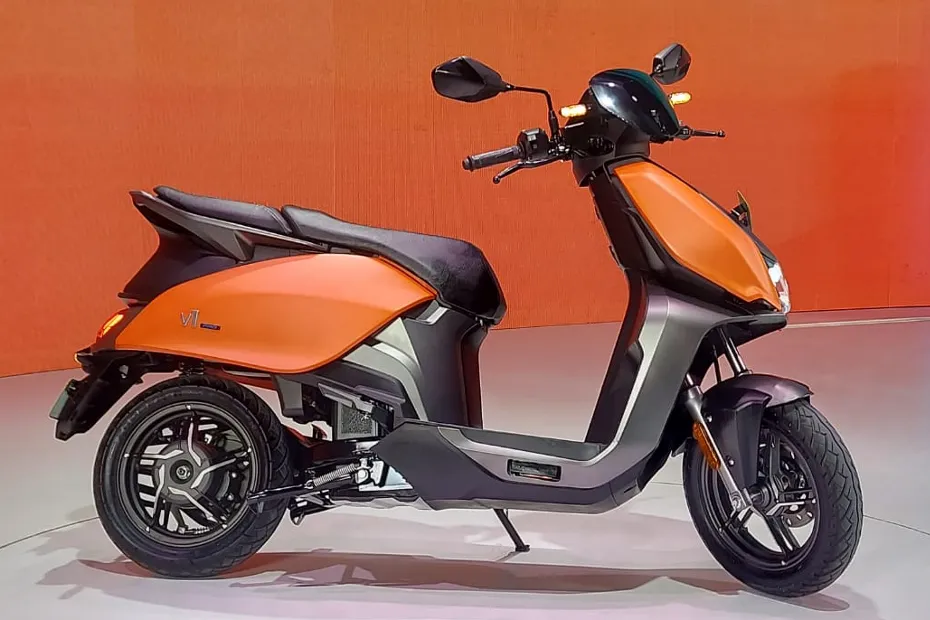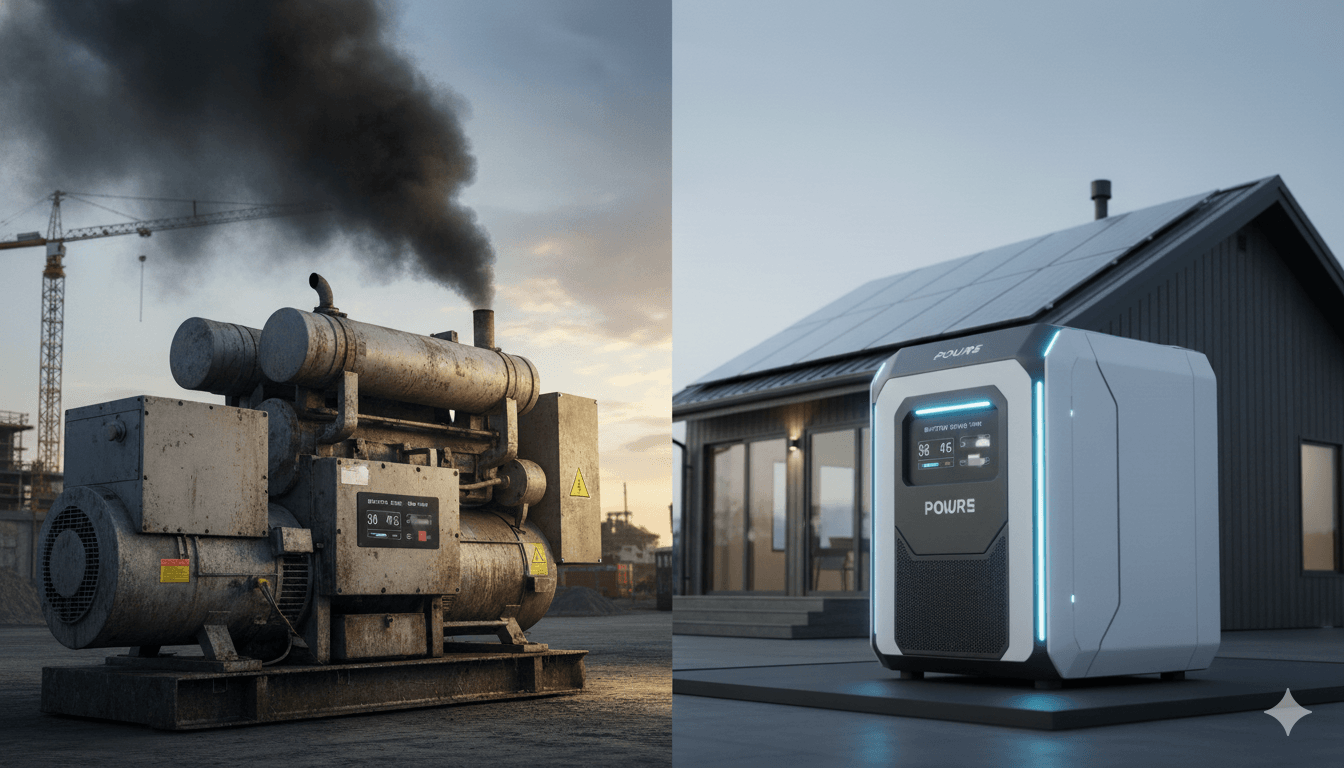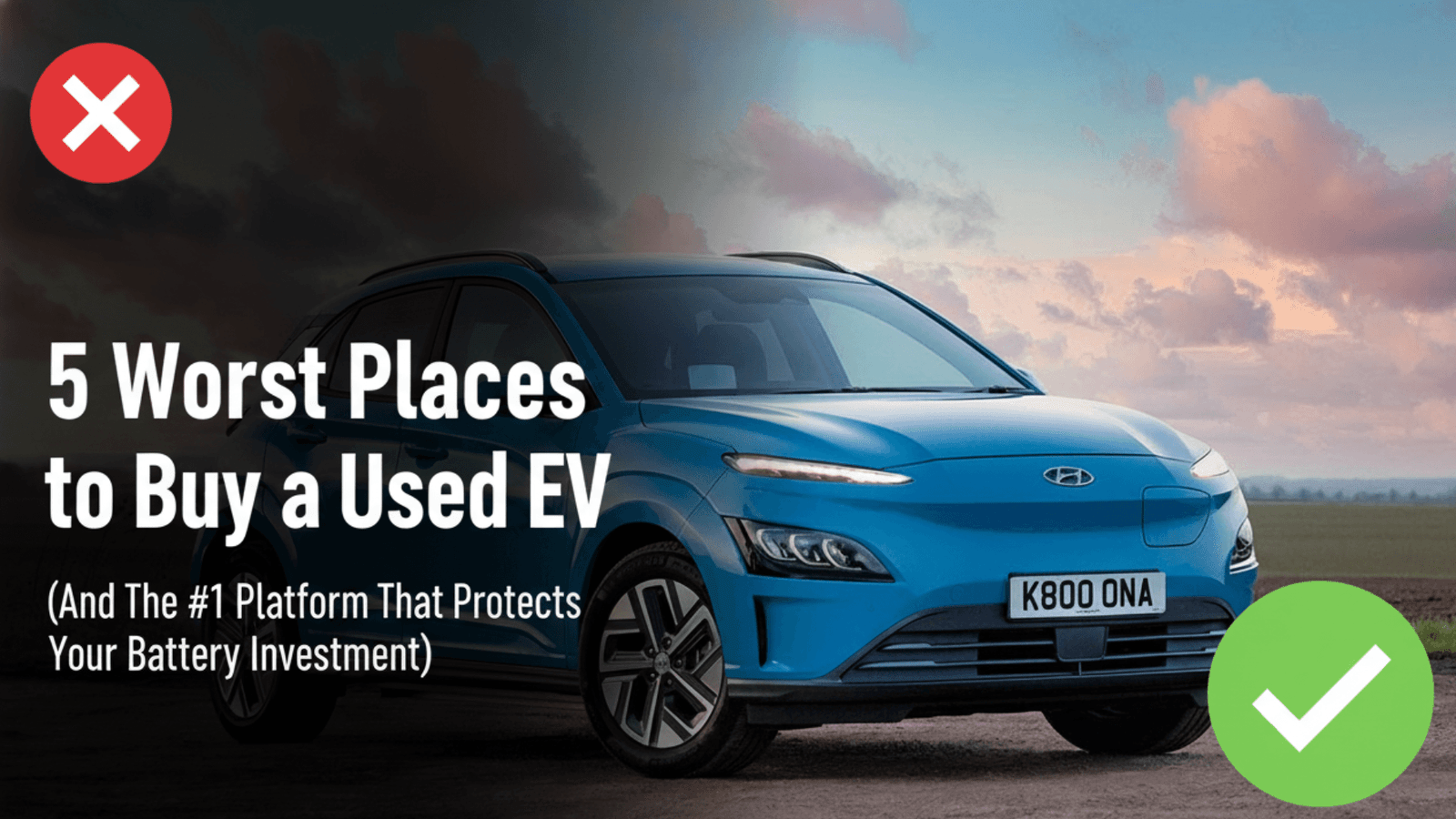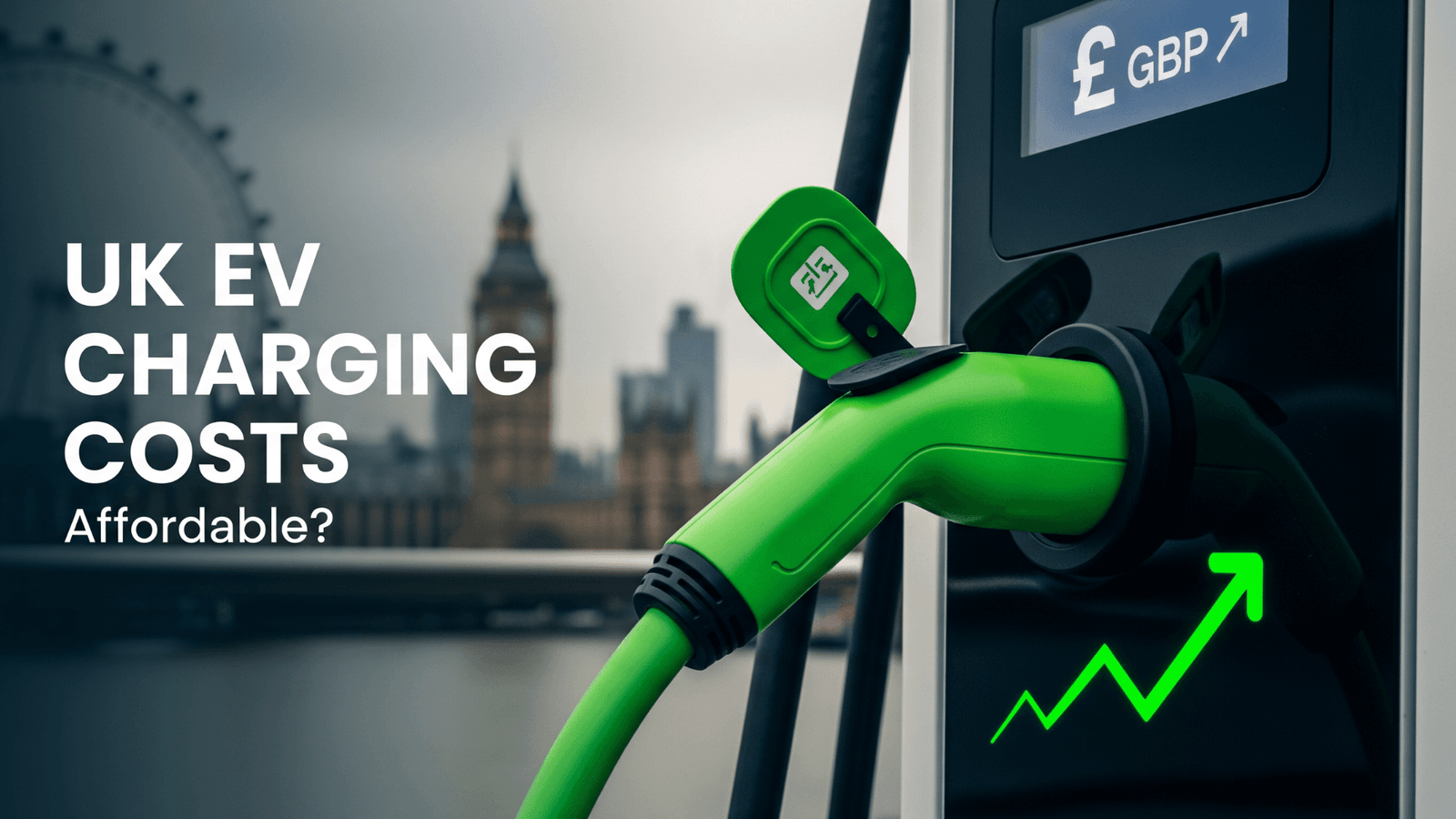You’ve fallen for the Nissan Ariya. You’ve admired its stunning “Japanese lounge” interior, its smooth ride, and its compelling new price. But now, as you get closer to ownership, the real, practical questions start to surface. The questions the brochure doesn’t always answer.
How much will it really cost to charge? How long does it actually take? And what on earth do you do if you pull up to a public charger and it simply… won’t work?
At Vecharged, we believe that charging your EV should be as easy and intuitive as charging your smartphone. To get there, you need clarity. This is our definitive guide to the Ariya’s charging ecosystem, meticulously researched to answer every question a new owner will have.

The Three Levels of Charging: A Practical Breakdown
Understanding the three “levels” of charging is the key to mastering your Ariya.
- Level 1 (The Trickle Charger): This is the charging cable that comes included with your Ariya. It plugs into any standard wall socket.
- Best For: Emergency use or occasional top-ups only.
- The Reality: At a charging speed of just 1.4kW, you can expect to gain only 2-4 miles of range per hour. It is not a practical solution for daily charging.
- Level 2 (The Daily Driver): This is 240V AC charging. It’s the type you’ll use for your primary overnight charging at home, and the most common type you’ll find at public “destination” chargers (like at malls or offices).
- Best For: Effortless, full charging overnight.
- The Reality: The Ariya has a powerful 7.4kW onboard charger (an optional 22kW charger is available in some markets). This means a full 0-100% charge takes approximately 10.5 hours for the 63kWh battery and 14 hours for the 87kWh battery. You will always wake up with a “full tank.”
- Level 3 (The Road Trip Solution): This is DC Fast Charging, designed to get you back on the road quickly during long journeys.
- Best For: Adding hundreds of miles of range in minutes.
- The Reality: The Ariya can charge at a maximum speed of 130kW. This allows it to charge from 10% to 80% in approximately 40 minutes under ideal conditions. (Source: Nissan UK Official Specifications)
Interactive Tool: Your Personalized Ariya Charge Cost Calculator
How much does a “full tank” actually cost? The answer depends on your specific electricity rate. Use this simple tool to find your personalized cost.
Interactive: Your Personalized Ariya Charge Cost
Estimated Cost for a Full Charge
$ –.–
Which is about — cents per mile.
The Definitive Ariya Charging FAQ: Every Question, Answered
We’ve compiled every common search query into one comprehensive, easy-to-use resource.
Cables, Ports & Chargers
- What type of charger does the Ariya use?
In the US, the Ariya uses the J1772 connector for Level 1 and Level 2 AC charging, and the CCS Combo 1 port for DC fast charging. In the UK and Europe, it uses the Type 2 connector for AC and the CCS Combo 2 for DC. These are the industry standards for their respective regions. - What charging cables come with the car?
The Ariya typically comes standard with a Level 1 (Mode 2) portable trickle charger. A faster Level 2 (Mode 3) cable for connecting to home wallboxes or public chargers is often an optional accessory.
The Charging Process
- How do you start a charging session?
It’s simple: 1. Unlock your car. 2. Press the charge port release button on the dashboard or key fob. 3. Plug the cable firmly into the port. The car will beep and the indicator lights will show the charging status. - How do you unplug the charger?
The charger is locked in place while the car is locked. You must first unlock the car using your key fob or the door handle button. This disengages the lock on the charging cable, allowing you to remove it. You may also need to press the charge port button again. - How to stop charging?
You can stop a session from the public charger’s interface, from its mobile app, or sometimes directly from the car’s infotainment screen.
Troubleshooting
- “Why is my Ariya not charging?”
This is the most common and frustrating issue. Follow this checklist:- Check the Charger First: Is the public charging station showing an “Available” or “Out of Service” light? Try a different stall if possible.
- Check Your Car’s Charge Timer: The Ariya has a charge timer feature that allows you to schedule charging for off-peak hours. If the indicator light on the dash is flashing green, it means a timer is set and the car is waiting. You can override it or disable it in the “EV Settings” menu.
- Perform a “Hard Reset”: Try locking the car, walking away for two minutes, and then trying again. This can often reset the communication between the car and the charger.
- What does “EV system off” mean and how do I fix it?
This error can sometimes appear after a software update or if the car’s separate 12V battery is low. The first step is to let the car sit for a few minutes and try to restart. If it persists, a visit to the dealer is required as it can indicate a sensor issue that needs a professional reset.
Specs & Costs
- How many kWh does it take to charge a Nissan Ariya?
The standard battery has 63kWh of usable capacity. The extended-range battery has 87kWh of usable capacity. (Source: Nissan USA Official Specifications) - How much will it cost to fully charge at home?
Based on the US average electricity rate of0.16/kWh,afullchargeofthe87kWhbatterywouldcostapproximately∗∗0.16/kWh,afullchargeofthe87kWhbatterywouldcostapproximately∗∗13.92.**
Conclusion: Charging with Confidence
Mastering the charging of your Nissan Ariya is the key to unlocking the full, seamless potential of EV ownership. It transforms your relationship with “refueling” from a weekly, inconvenient chore into a simple, effortless overnight routine.
By understanding the different types of chargers, knowing the troubleshooting steps, and having your key questions answered, you can drive with absolute confidence, knowing that you have the knowledge to power your journey, wherever it takes you.

Suhas Shrikant is the founder of Vecharged and an engineering enthusiast specializing in high-power off-grid solar systems. He has designed and built over a dozen custom systems and uses his hands-on, field-tested experience to create Vecharged’s expert guides and reviews.


